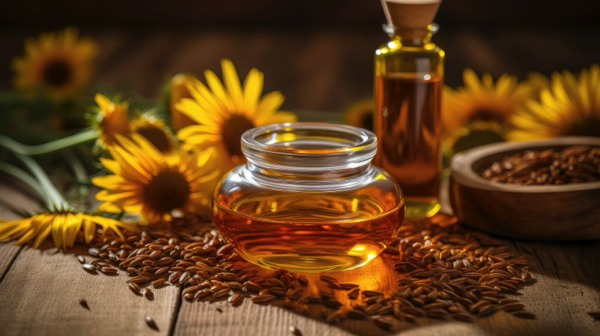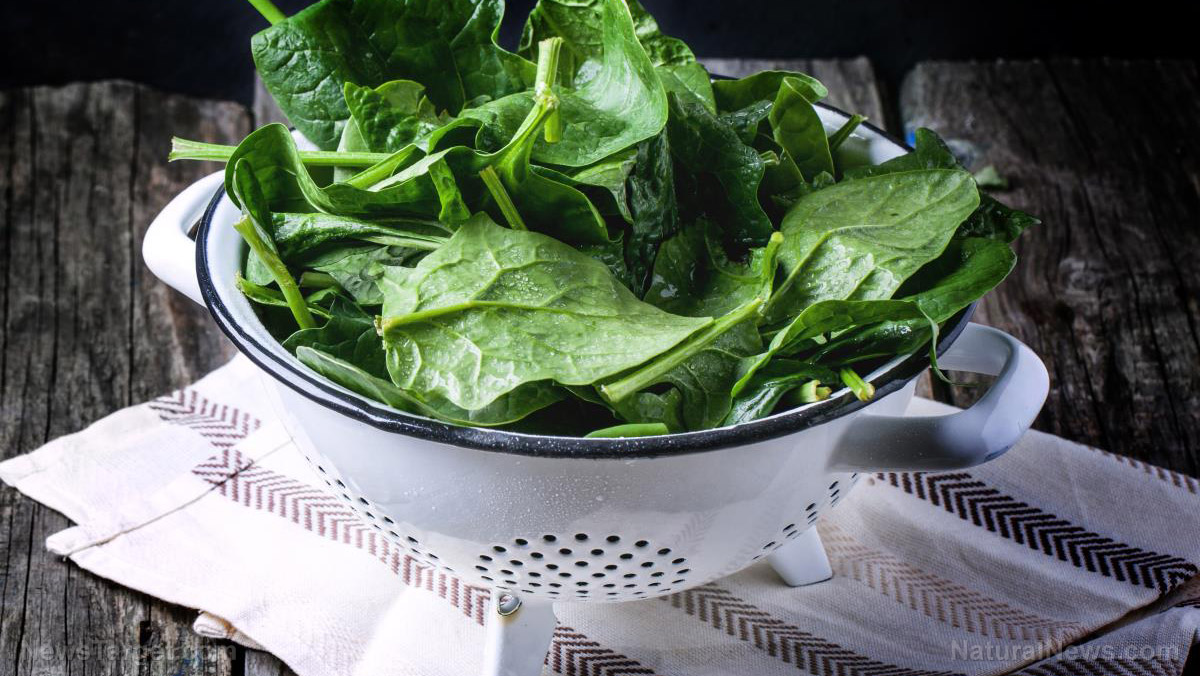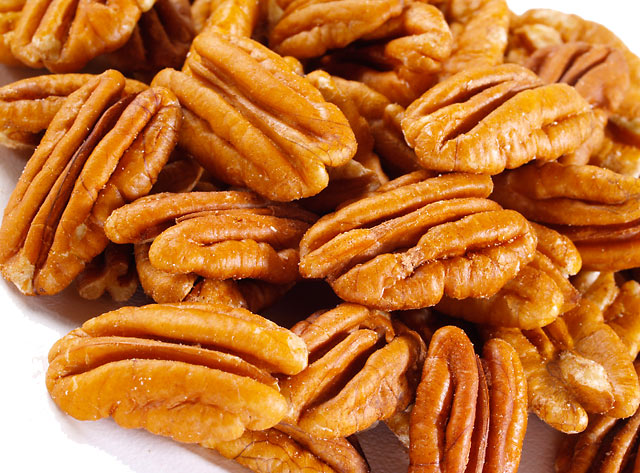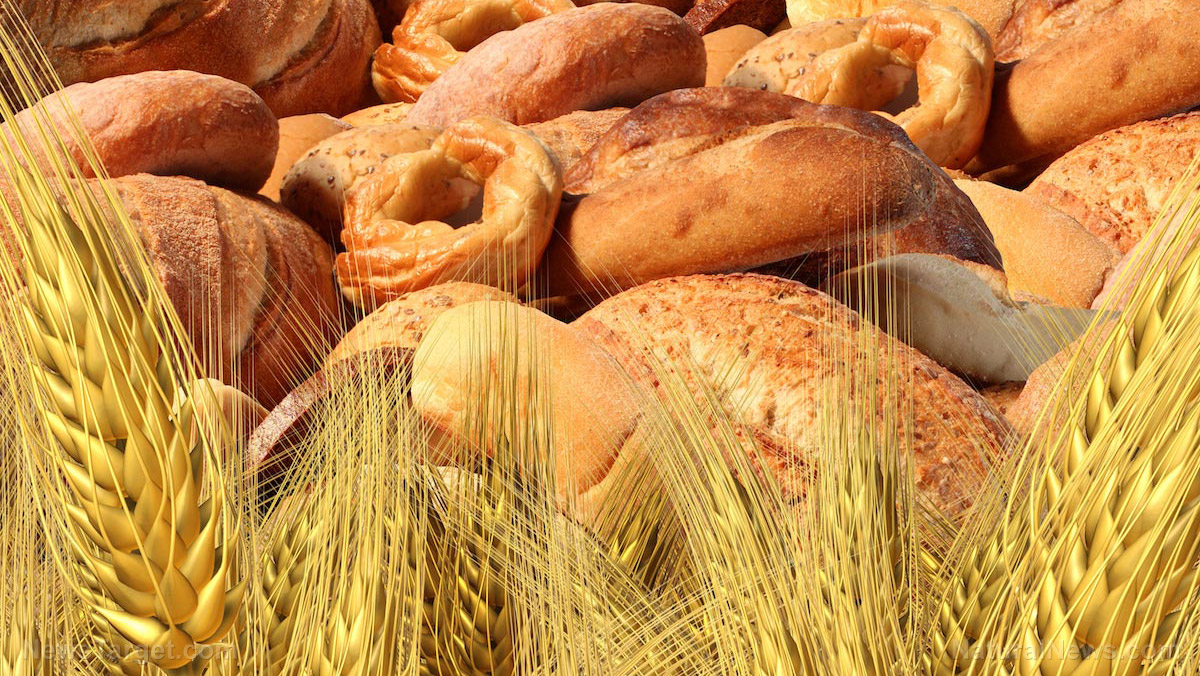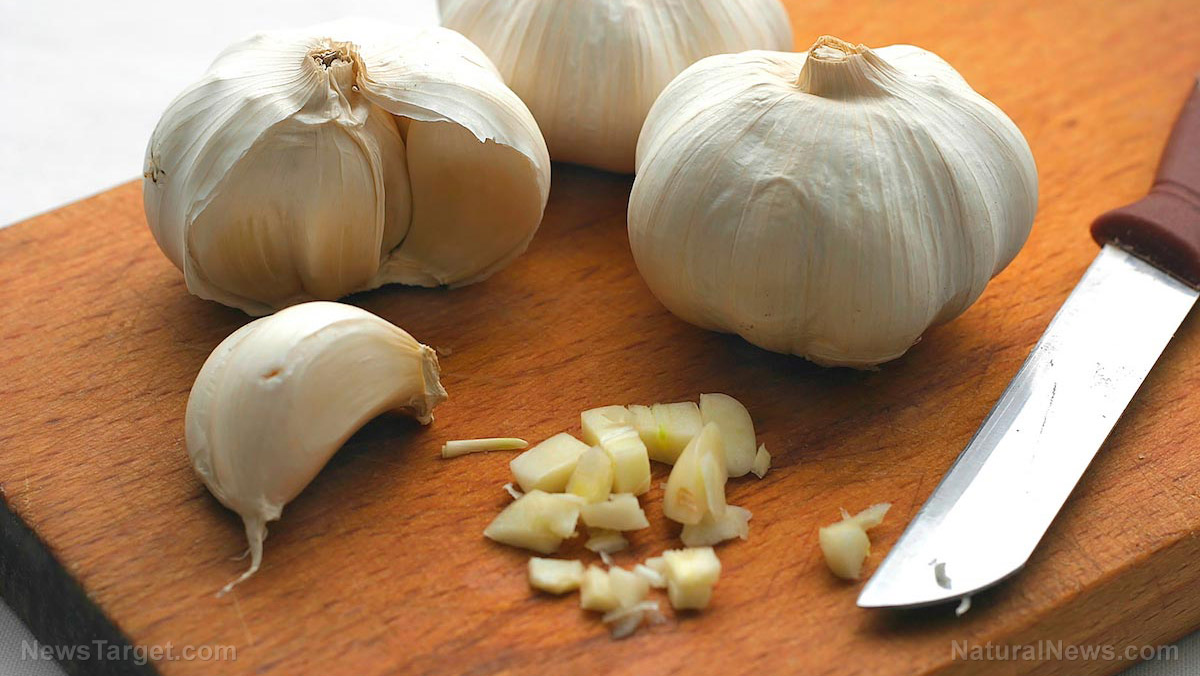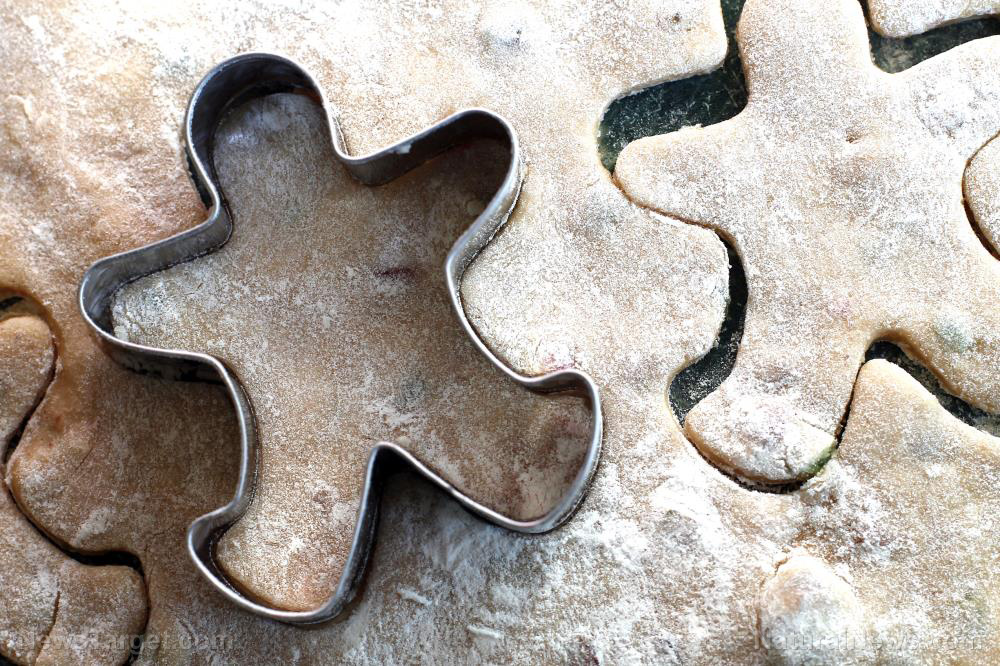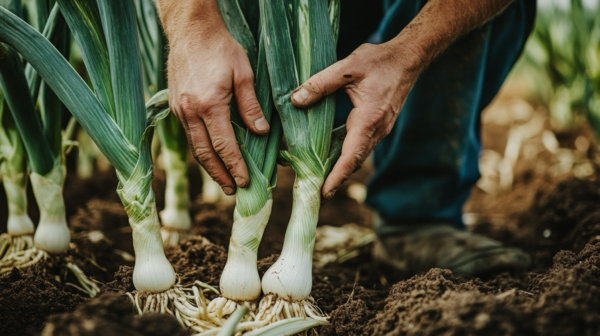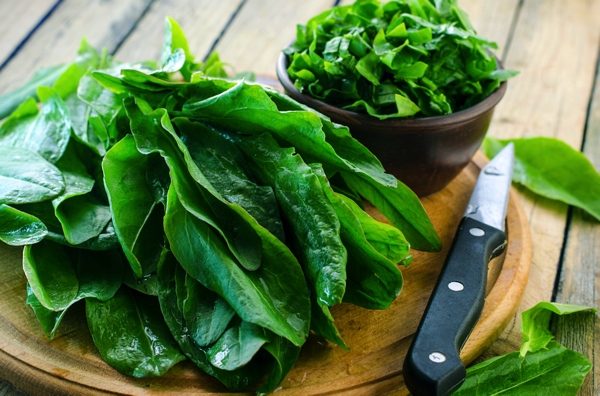Scurvy used to decimate navies around the world – until one man had the idea to simply give sailors more citrus
01/06/2025 / By Arsenio Toledo
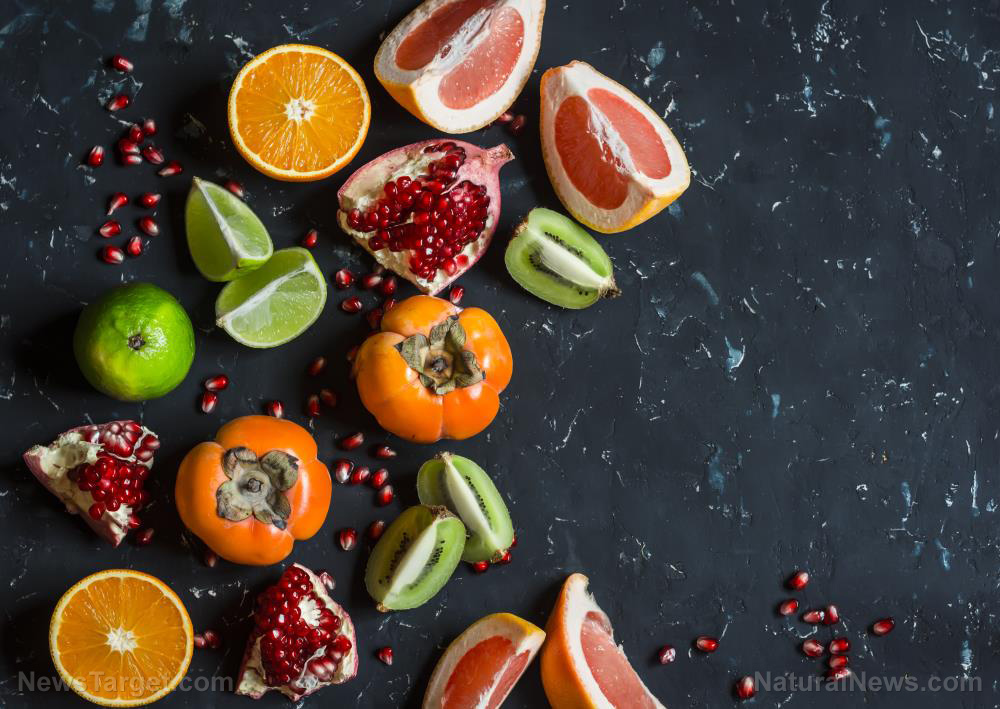
- Scurvy, caused by vitamin C deficiency, historically devastated sailors and populations, with symptoms that eventually led to death.
- James Lind, a British naval surgeon, conducted one of the first recorded clinical trials in history in 1747, which proved that citrus fruits effectively treated scurvy.
- Despite Lind’s findings, the Royal Navy delayed adopting citrus due to skepticism, bureaucratic inertia and competing remedies.
- In 1795, the Royal Navy mandated lemon juice for sailors, but outbreaks persisted due to improper storage destroying vitamin C.
- Scurvy’s history highlights the challenges of applying scientific discoveries and the critical role of nutrition in public health.
Scurvy, a disease caused by a deficiency of vitamin C, used to plague sailors and entire populations for centuries, claiming countless lives before it was finally understood by British naval surgeon James Lind.
Lind’s story is chronicled in more detail by author Albert Von Haller in his 1962 seminal work “The Vitamin Hunters,” which chronicles how many endemic diseases like scurvy, beriberi, pellagra and rickets were nearly wiped from existence following the discovery that they were caused by vitamin deficiencies and how changes in diets could easily solve them. (Related: Scurvy killed French crusader King Louis IX – and it’s making a comeback.)
Scurvy was a formidable adversary for sailors during long sea voyages. Symptoms included bleeding gums, loose teeth, fatigue, joint pain and, in severe cases, death. Historical accounts reveal the scale of its impact.
Vasco da Gama lost 100 of his 160 crew members to scurvy during his 1498 voyage around the Cape of Good Hope. Similarly, English Admiral Richard Hawkins reported in 1593 that 10,000 seamen perished from the disease under his command. Even on land, scurvy was widespread, particularly in northern and central Europe, where diets lacked fresh fruits and vegetables.
Before the 18th century, various remedies were proposed to combat scurvy, though many were ineffective. Sailors consumed beer, brandy and even rats, which inadvertently provided vitamin C, albeit in limited amounts.
Citrus fruits, however, were occasionally recognized for their curative properties. Hawkins in 1622 noted that “sour lemons and oranges” were effective, but his observations were largely ignored.
One of the first recorded clinical trials in history discovered citrus’s ability to treat scurvy
A century later, Scottish naval surgeon James Lind conducted one of the first controlled clinical trials in 1747 aboard the Royal Navy ship of the line the HMS Salisbury.
He selected 12 sailors with scurvy and divided them into six pairs, each receiving a different treatment: cider, elixir of vitriol, seawater, a paste of garlic and mustard, vinegar or citrus fruits.
Within a week, the pair consuming oranges and lemons showed significant improvement, while the others remained ill. Lind published his findings in “A Treatise of the Scurvy,” advocating for supplementing sailors’ diets with citrus fruits to prevent and treat the disease.
Despite Lind’s compelling evidence, the Royal Navy was slow to adopt his recommendations. Historians attribute this delay to several factors. Lind’s treatise was lengthy and included numerous treatments, diluting the focus on citrus fruits. Additionally, rival remedies, such as famed explorer Captain James Cook’s endorsement of preventing and treating scurvy with malt and sauerkraut, competed for attention.
It was not until 1795, a year after Lind’s death, that the Royal Navy Admiralty mandated the daily distribution of lemon juice to sailors. Even then, outbreaks persisted due to improper storage and preservation methods that destroyed the vitamin C content of lemon juice.
The history of scurvy underscores the challenges of bridging the gap between scientific discovery and practical application. Lind’s findings were met with skepticism and bureaucratic inertia, a pattern that persists in modern science. His story also highlights the importance of nutrition in public health, as scurvy’s eradication depended on understanding the role of vitamin C in the human diet.
Watch this episode of “SciShow” discussing how ancient human ancestors used to be able to make their own vitamin C, thereby preventing scurvy from even existing.
This video is from the Information Expert channel on Brighteon.com.
More related stories:
Deficiencies and scurvy: Study reveals vitamin C can help treat sepsis.
6 Vitamin C myths DEBUNKED: Here’s why the nutrient is effective, non-toxic and safe.
Here are 7 reasons why you should take more vitamin C – your bones will thank you.
ICU no longer – a daily dose of vitamin C proven to reduce ICU times.
Prevent scurvy, the “scourge of the sea,” by incorporating vitamin C-rich foods into your diet.
Sources include:
Submit a correction >>
Tagged Under:
This article may contain statements that reflect the opinion of the author
RECENT NEWS & ARTICLES
COPYRIGHT © 2017 SUPERFOODS NEWS

